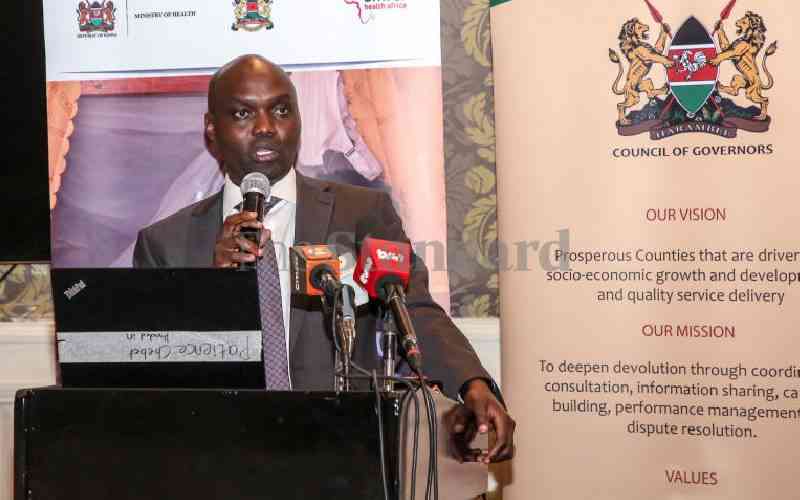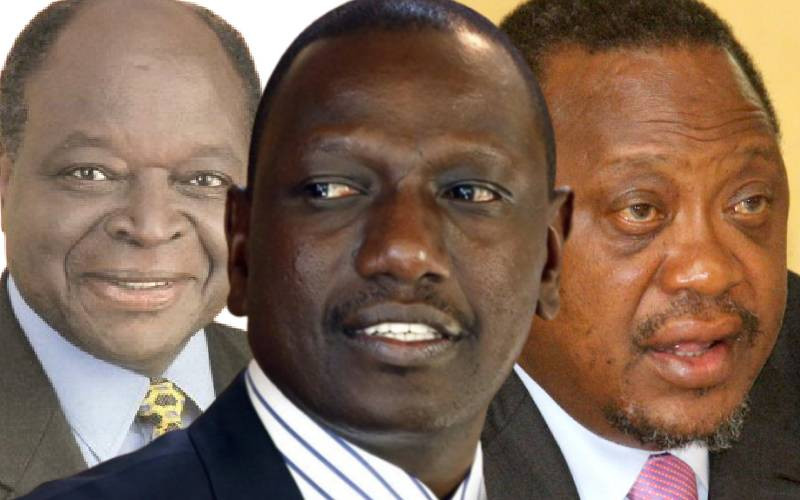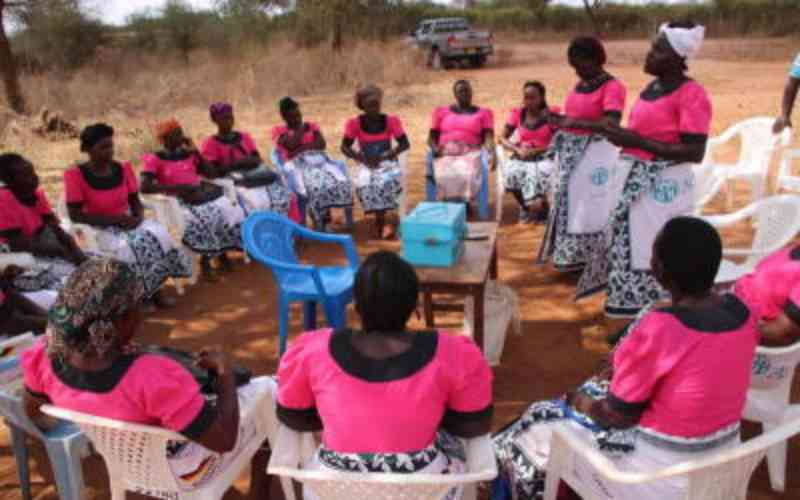
NAIROBI: The Government is keen to distribute wealth to traditionally marginalised groups – youth, women and people with disabilities – by improving access to tenders.
In 2012, former President Mwai Kibaki set aside 10 per cent of all Government contracts for the youth. The following year, President Uhuru Kenyatta increased this to 30 per cent, expanded the access groups and directed that they face no competition from established companies.
However, according to Tenders Unlimited, a matchmaking website that tracks public and private tender pairings, the youth have taken up a mere 30 per cent of the opportunities made available to them.
“From our engagements with the Government, they say participation is poor, especially among the youth who are applying for less than 30 per cent of what is on offer. The women are trying a bit more,” says Ali Omar, the team leader at Tenders Unlimited.
The reason
The reason may be in the data the firm has collected over the years.
Tenders Unlimited is one of the main online platforms offering advertising space for tenders from private businesses, publicly listed companies, NGOs, parastatals, county governments and the national government. There are other players in this space, including Tenders Soko and Tenders Kenya, though Ali says his firm was the pioneer.
According to Tenders Unlimited data analysed by Hustle, the problem appears to be in the disconnect between what the Government is offering and what young Kenyans can deliver.
For example, the top three Government offers are 5,474 general supplies tenders, 3,523 engineering and construction deals and 2,885 professional service tenders.
However, the youth concentrated their bids on ICT contracts. The most popular search in the data covering January 2014 to January 2017 shows ICT tenders drew 37,912 searches.
“People are searching for ICT because they are more familiar with it, especially in the supply of things like computers and accessories, which are easier to do and have good margins,” Ali says.
Engineering and construction drew 16,806 searches, while professional services had 15,468 searches to round off the top three most popular searches – and surpassing the number of available tenders three and five times over, respectively.
General supplies tenders drew just over 5,000 searches, despite having the most contracts available.
“The youth sometimes complain that the small tenders for general supplies are the most prevalent but are less lucrative because the profit margins are small and the payment comes late, so they are a bit discouraged,” Ali says.
Stay informed. Subscribe to our newsletter
These lower-value contracts address funding challenges, but may not necessarily deliver the policy agenda of enabling the biggest segment of the country’s population to create wealth.
Further, agriculture has got little attention in terms of the tenders on offer from the Government and interest from young people, despite Kenya being a largely agricultural economy.
These mismatches may explain why President Kenyatta was disappointed in the slow progress recorded by Access to Government Procurement Opportunities (AGPO), and threatened to sack State officials last October.
“AGPO is now law. It is not a question of policy. I promise you will not hide or be transferred. You will leave and create opportunities for those who are willing to abide by the law,” Uhuru said.
In their defence, public sector officials have claimed that the youth are not interested in applying for AGPO contracts, and that those who take up the offers are unable to implement them. They also claim the youth are unable to fill in the forms correctly, which has seen Tenders Unlimited move into offering capacity building services.
The online firm charges its users a monthly subscription fee of Sh600 for targeted tender advertisements, an online directory for SMEs, and assistance in filling in tender forms, though this attracts an additional fee.
The youth on their part claim that they cannot get contracts unless they have patronage, and blame corruption for their low participation.
Volume or value
However, there appears to have been little discussion on whether the opportunities available match market realities, which may explain why some tenders get more bids than others.
Another question that has been raised is whether the 30 per cent quota should refer to the volume of tenders or their value.
Between Uhuru’s 2013 directive and June 2015, tenders worth Sh24 billion were allocated to youth, women and people living with disabilities.
In the 2013-14 financial year, ministries set aside Sh21.7 billion as part of the 30 per cent procurement quota, yet they only issued tenders worth Sh6.5 billion.
The following financial year, ministries set aside contracts worth Sh17.07 billion, and issued tenders valued at Sh16.68 billion. In the year to June 2016, Sh17.7 billion worth of tenders was setaside, but data on the performance is difficult to come by.
With the Government still intent on getting to the 30 per cent target, it is likely that scaling down on the value of tenders may have been offset by the volume of contracts issued.
But can data be used to come up with tenders for youth, women and those living with disabilities by identifying their interests and customising contracts to suit their capabilities?
The private sector has been unable to do this as it has fewer tenders on offer or available to a cross-section of participants. Tenders Unlimited data over the January 2014 to January 2017 period shows that the most common tenders issued by listed companies were for professional services (1,020), general supplies (860), ICT (639) and general services (555).
 The Standard Group Plc is a
multi-media organization with investments in media platforms spanning newspaper
print operations, television, radio broadcasting, digital and online services. The
Standard Group is recognized as a leading multi-media house in Kenya with a key
influence in matters of national and international interest.
The Standard Group Plc is a
multi-media organization with investments in media platforms spanning newspaper
print operations, television, radio broadcasting, digital and online services. The
Standard Group is recognized as a leading multi-media house in Kenya with a key
influence in matters of national and international interest.
 The Standard Group Plc is a
multi-media organization with investments in media platforms spanning newspaper
print operations, television, radio broadcasting, digital and online services. The
Standard Group is recognized as a leading multi-media house in Kenya with a key
influence in matters of national and international interest.
The Standard Group Plc is a
multi-media organization with investments in media platforms spanning newspaper
print operations, television, radio broadcasting, digital and online services. The
Standard Group is recognized as a leading multi-media house in Kenya with a key
influence in matters of national and international interest.









